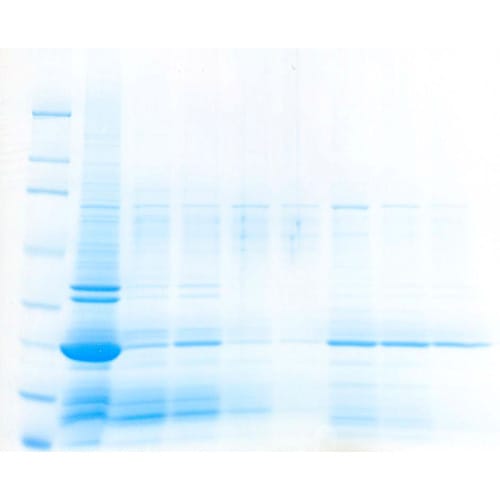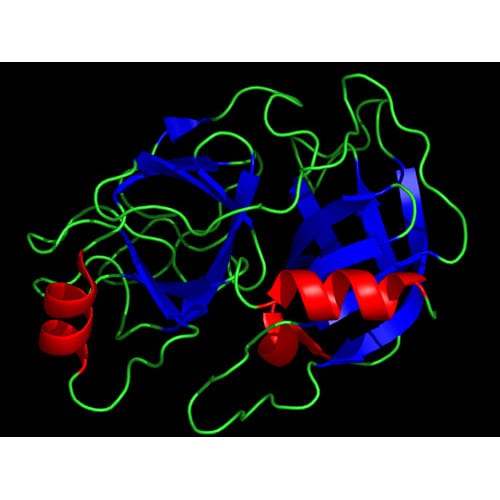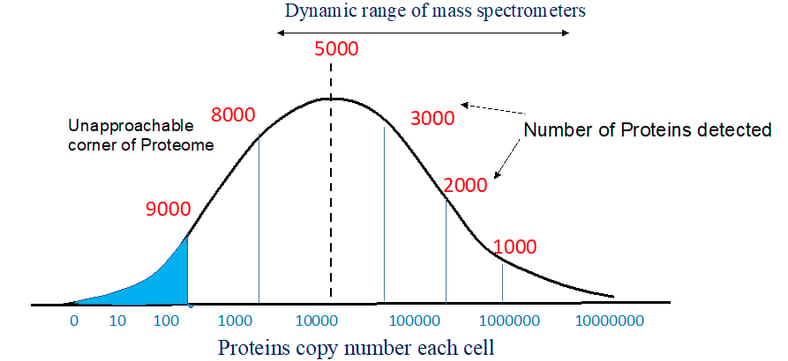In 1975, Porath developed Immobilized Metal Affinity Chromatography (IMAC). It is based on the interaction of specific protein residues, including histidines, cysteines, and occasionally, tryptophans, with cations of transition metals.
The Protein Man

Recent Posts
Why RIPA is for More Than Just Radioimmunoprecipitation Assays
The RIPA buffer, or Radioimmunoprecipitation assay buffer, is ideal for whole-cell extracts, as well as protein assays. However, it is an essential component in other applications too.
Topics: Protein Extraction
Capture and purification of low abundance proteins
A proteome is a sum total of all the cellular proteins, this would include housekeeping proteins and proteins that are produced in response to a stimulus. Some proteins are produced only in a given cell type or tissue, others are produced in all cells, some proteins are only produced under certain given conditions adding to the complexity and heterogeneity of proteins in a proteome. Similarly, alternative splicing and post translational modifications all together combined can make the proteome very complex.
Topics: Protein Purification, Protein Concentration, Peptide Generation


-1.png?width=788&name=786-489-(new)-1.png)




